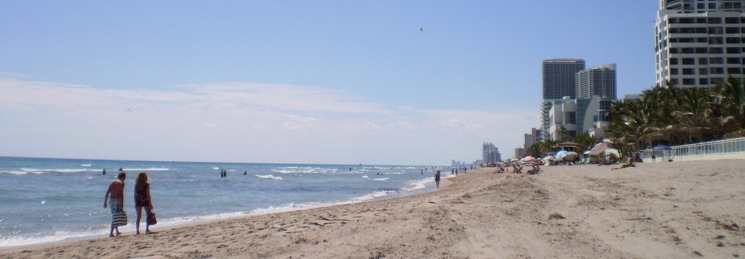
Over the past few days, it's been great to see the 1001 Chairs for Ai Weiwei protest initiative come together in cities around the globe. This makes it an especially timely moment (as if protest hadn't been a big theme of 2011 already) to take a look at Sharon Hayes' In the Near Future, a series just opened at the Contemporary Art Gallery in Vancouver. In this series, which I enjoy every much, Hayes takes historical protest slogans to the streets around the world.
Last week, Hayes took some time to chat about In the Near Future on the phone with me. The resulting condensed Q&A is out in today's National Post. An excerpt:
Q Why did you start staging protests as art?
A There's two reasons. One had to do with my feeling, at the beginning of the second Bush administration, that street protest had lost its power to move politicians and publics. The other reason had to do with intersections between history, politics and speech. When I started this project, I'd just finished up another where I went onto the streets of New York leading up to the 2004 presidential election and asked people questions. One of the questions was, "What's the first political image you remember?" An 18-yearold man said that the first political image he remembered was of a black-power salute from the 1968 Mexico Olympics, a time he hadn't lived through. I became interested in how images allow us to access past political events we never experienced ourselves.
Q All the slogans you held were from past protests. Can you explain where some came from?
A Sure. I did this project in several cities, and the English-language slogans were mostly from New York and London. One from London was "Organise or Starve," which was from the late 19th-century labour movement in England. The other was "Votes for Women," from women's suffrage. The third of the London signs, "When is This Going to End?" was from a series of protests against police brutality that happened in Brixton, a London neighbourhood of people of African descent. In terms of New York actions, one was "Ratify the ERA." That's a contrast to "Votes for Women," because the ERA was never fulfilled. "Who Approved the War in Vietnam??" is a more obvious anachronism. There's also "I Am a Man," a slogan from the 1968 Memphis Sanitation Workers' strike. And there's one slogan -actually the first one I held up in New York -that says, "Actions Speak Louder than Words." For me, that's the funny ambivalence of the protest sign. Are these words or are these actions? In essence, they're both.
Read on at the Post for a bit more of what we discussed. There's also some really nice images of her work in the print edition.
Hayes has also done a lot of other interesting work around politics, speech and protest: Revolutionary Love, which took place during the 2008 election outside of the Democratic and Republican National Conventions, and My Fellow Americans, a 10-hour performance where she read aloud all 36 of Ronald Reagan's Address to the Nation speeches. (These are just two examples of many.)
Interestingly, in some of her more recent work, Hayes focuses on a figure who acts as a "recorder" of public speech rather than a speaker. You can find a video of one of those related performances over at Art Review.
If you want to find out more about where Hayes is coming from, I highly recommend this 20-minute talk from a Creative Time conference in 2009:
(Image of one of Hayes' London actions from the Guardian)
Friday, April 15, 2011
Protest in Pictures: Q&A with Sharon Hayes out in today's Post
Subscribe to:
Post Comments (Atom)

No comments:
Post a Comment